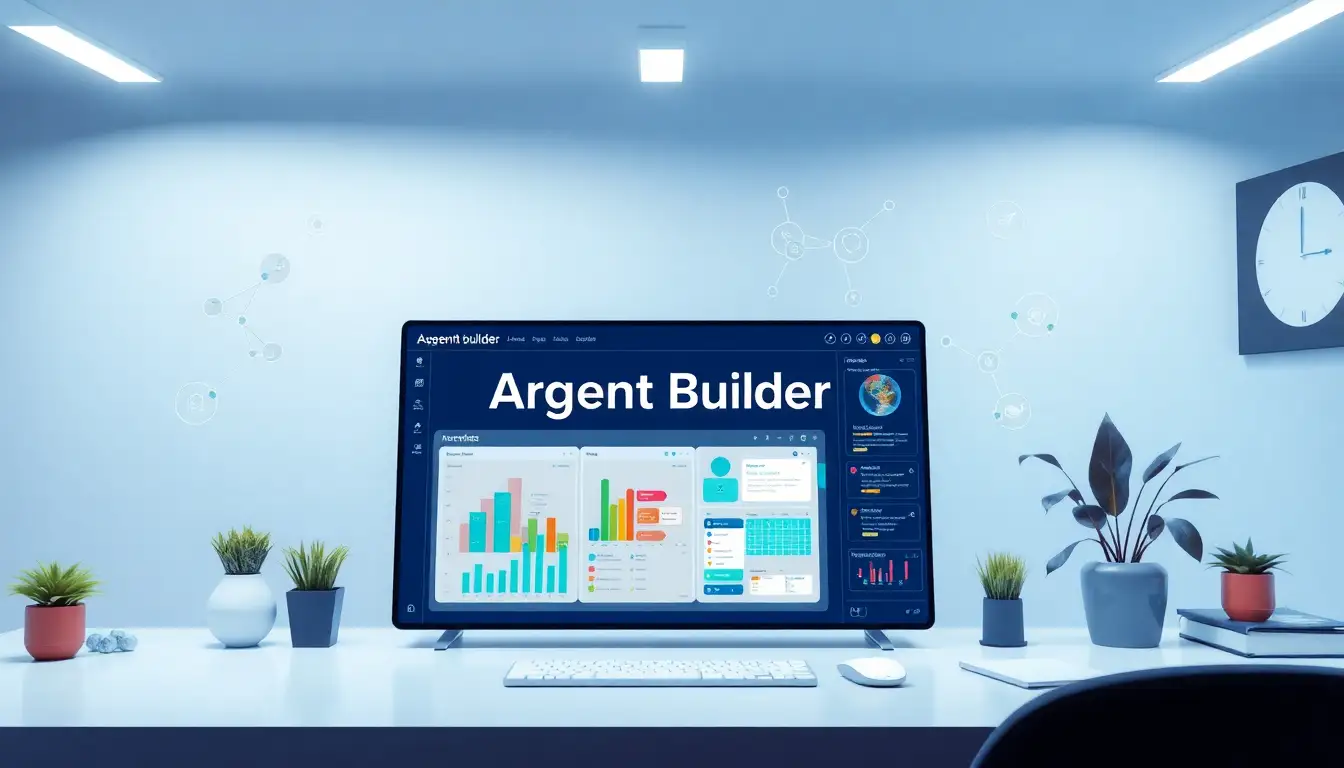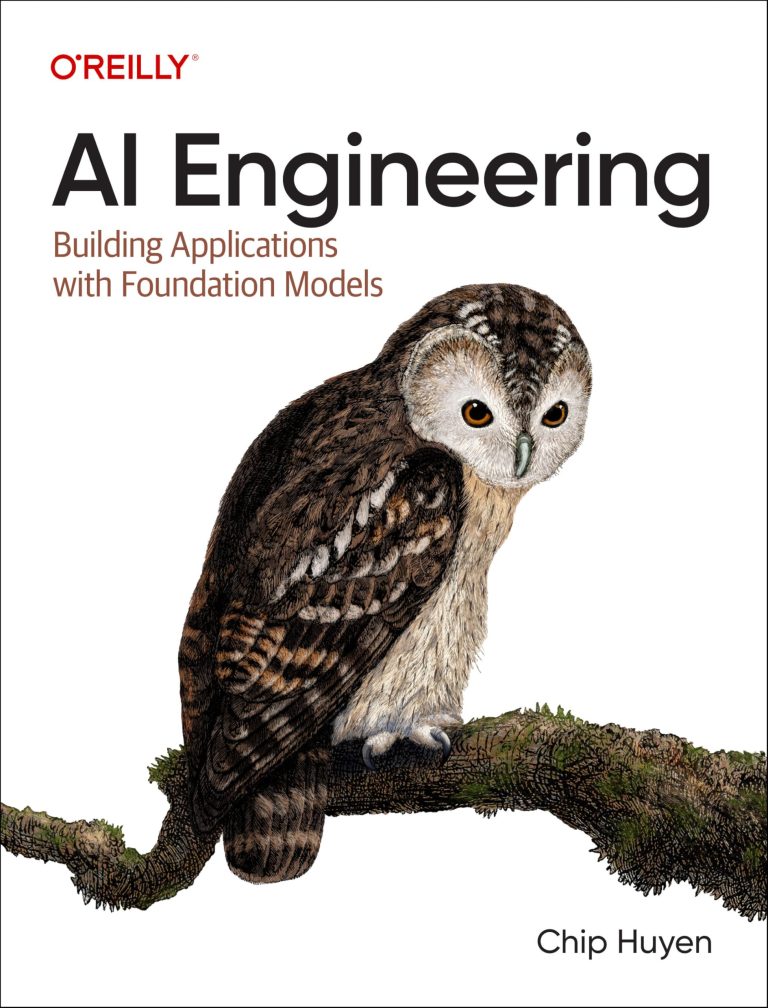
Now loading...
OpenAI has officially introduced AgentKit, a comprehensive suite of development tools aimed at simplifying the process of creating, deploying, and optimizing agents for both developers and enterprises. Before the launch of AgentKit, developers faced challenges associated with using scattered tools, complex orchestration without version control, and manually handling various aspects of the development workflow. With the release of AgentKit, developers can use a visual interface to design workflows and quickly integrate user interfaces tailored for agent use.
This toolkit includes the Agent Builder, a visual workspace for designing intricate multi-agent workflows; the Connector Registry, a centralized platform for managing data integrations across OpenAI products; and ChatKit, a toolkit allowing for the embedding of customizable chat-based agent experiences within applications. Furthermore, OpenAI is enhancing evaluation capabilities with new features that enable detailed assessments of agent performance through datasets, trace grading, and automated prompt optimization.
Since the introduction of the Responses API and Agents SDK in March, numerous developers and companies have begun creating seamless agent workflows for diverse applications such as deep research and customer support. For instance, Klarna has implemented a support agent that resolves two-thirds of its customer inquiries, while Clay has reportedly achieved tenfold growth with a newly deployed sales agent. AgentKit builds upon the foundation set by the Responses API to improve the efficiency and reliability of agent development.
As tools become more intricate, the visibility into their operation very important. The Agent Builder allows developers to use drag-and-drop functionality to assemble logic, connect various tools, and set custom parameters. This feature includes support for preview runs and full version control to facilitate rapid iterations in workflow design.
Companies like Ramp and LY Corporation have experienced significant time savings with Agent Builder, reportedly transforming what would previously take months into a matter of hours. Ramp successfully transformed a blank canvas to a buyer agent in a few hours, while LY Corporation designed a work assistant agent in under two hours.
In addition to Agent Builder, OpenAI is launching the Connector Registry to help businesses manage data across workspaces and organizations. This registry consolidates data sources into a single dashboard, featuring pre-built connectors for major platforms like Dropbox and Microsoft Teams, enhancing the ability to maintain and govern data.
Another innovative feature being introduced is ChatKit, aimed at easing the complexity of deploying chat-based agent interfaces. This tool simplifies the integration of engaging, conversational agents into apps and websites, allowing customization to align with branding or themes.
In terms of performance metrics, OpenAI recognizes the importance of thorough evaluation processes for reliable agent deployment. With the introduction of new Evals features, such as datasets for rapid evaluation creation and automated grading, developers now have better tools to assess and refine agent performance. Notably, these advancements in evaluation methods have led to significant performance improvements for several companies.
Additions to the reinforcement fine-tuning feature are also being rolled out, allowing developers to tailor the behavior of OpenAI models. The enhancements include custom tool calls to train models for optimal tool selection and custom grading strategies tailored to specific use cases.
Starting today, ChatKit and the enhanced Evals features are generally available to developers, while Agent Builder and the Connector Registry are entering the beta phase. The Global Admin Console, an essential requirement for businesses wanting to use the new tools, is also being rolled out to select ChatGPT Enterprise and education customers. All these tools fall under standard API pricing, with future updates on a Workflows API and agent deployment options expected soon. OpenAI looks forward to seeing the innovative solutions developers create with these new capabilities.
